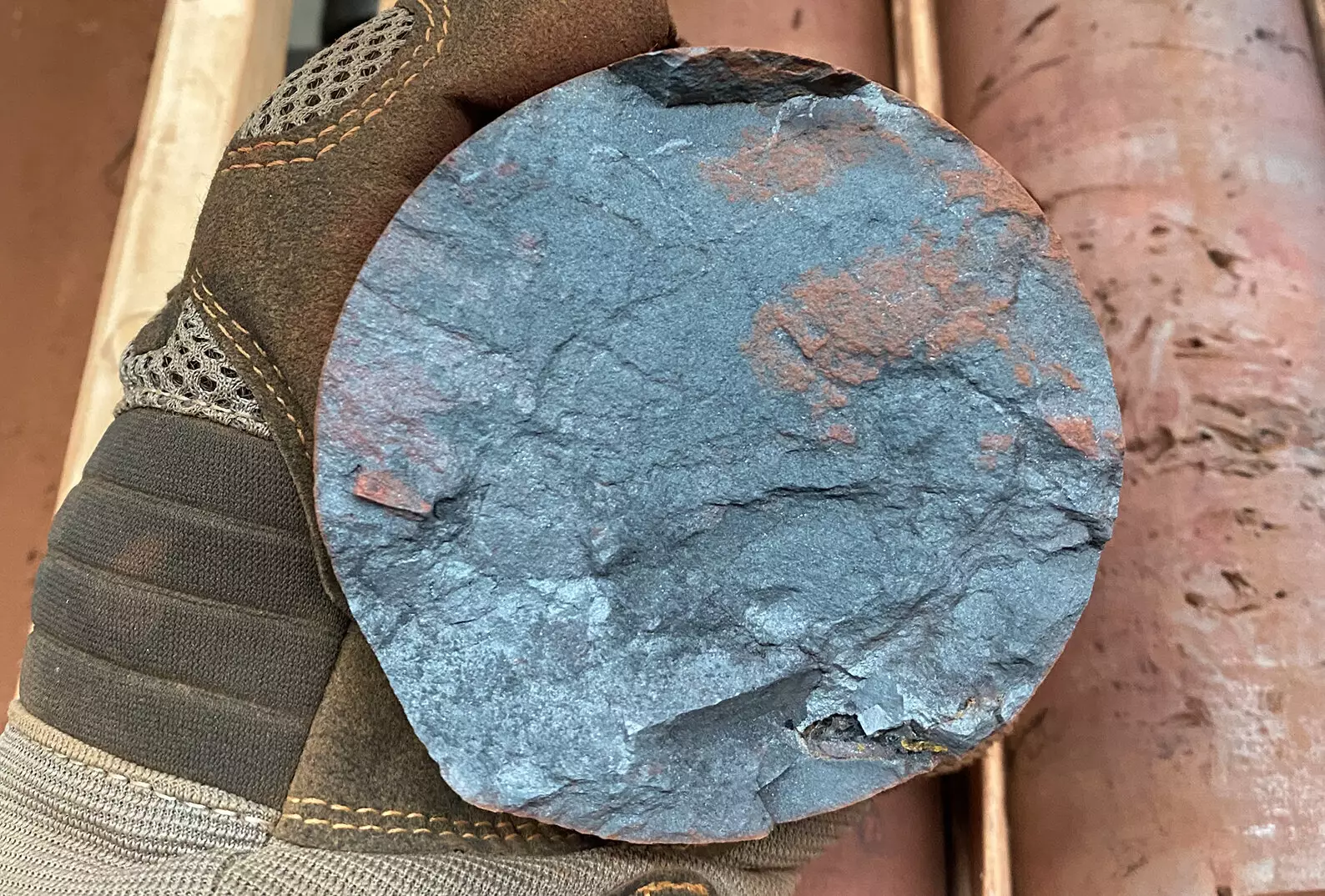Recent research from Curtin University has revolutionized our understanding of iron ore deposits, particularly in the Hamersley Province of Western Australia. For decades, scientists believed these enormous reserves were approximately 2.2 billion years old. However, this pioneering study has revealed they are actually about 1.4 to 1.1 billion years old. This breakthrough not only challenges previous assumptions but also opens the door to new exploration opportunities in the hunt for iron ore—one of the planet’s critical resources. Lead researcher Dr. Liam Courtney-Davies has stated that this novel geochronology technique provides refined measurements of iron oxide minerals, effectively shifting the timeline of these deposits and, in turn, our understanding of geological activity during that epoch.
The Connection Between Supercontinents and Ore Formation
What makes this research particularly captivating is its implication regarding supercontinent cycles. The formation of these iron-rich deposits coincided with dramatic geological changes when ancient supercontinents began to break apart. Dr. Courtney-Davies notes that such tectonic movements were significant, essentially unleashing energy that led to the accumulation of billions of tonnes of iron-rich rock in the Pilbara region. This connection reinforces the narrative that Earth’s geological history is intertwined with mineralization processes. The identification of this link offers an enriching perspective on how dynamic geological forces can influence the accessibility of vital resources like iron ore, thus reshaping our methods in resource exploration.
Revolutionizing Exploration Methodologies
Associate Professor Martin Daniík, another key figure in this study, underscores the importance of accurately dating minerals from banded iron formations (BIFs). Previously, the transformation process of these formations—from 30% iron to over 60%—remained shrouded in mystery, hampering our understanding of how the world’s largest ore deposits came to be. By utilizing an advanced uranium-lead isotope analysis technique, this research sheds light on the intricate timeline of these formations. Such accuracy in dating is not just an academic exercise; it provides a practical framework for geologists and mining companies to optimize their exploration strategies going forward.
The Economic Implications
Australia’s status as the world leader in iron ore production, which saw a staggering export value of $131 billion last financial year, adds urgency to this discovery. The results of this research can potentially enhance Australia’s economic landscape by improving exploration methods, thus facilitating more robust mining operations. With a better understanding of how and when these deposits formed, the industry can better allocate resources to areas with higher potential yields. In a global market that is ever-demanding iron ore for infrastructure and manufacturing, the implications of this research cannot be overstated.
The timely revelations from Curtin University offer an exciting new perspective on the interconnectedness of geological processes and resource availability. By embracing this unique understanding, policymakers, scientists, and industry players can more effectively navigate the complexities surrounding iron ore exploration and extraction.

